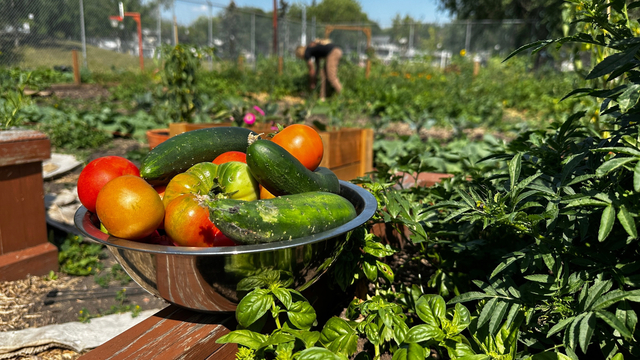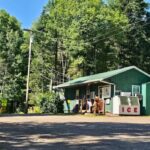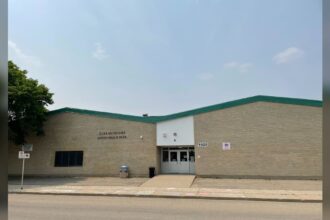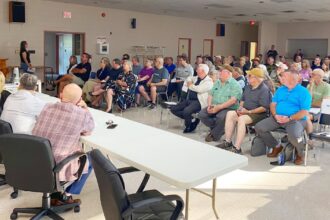In the heart of Alberta’s capital, an innovative solution to mounting food insecurity has taken root—quite literally. Edmonton’s newest community garden initiative is transforming vacant urban spaces into productive plots that provide fresh produce for vulnerable residents while cultivating neighborhood connections.
The project, spearheaded by the Edmonton Food Security Alliance in partnership with the city council, launched last month across five neighborhoods identified as “food deserts”—areas where residents face significant barriers to accessing affordable, nutritious food.
“What we’re witnessing isn’t just about growing vegetables; it’s about growing community resilience,” explains Maria Hernandez, lead coordinator of the initiative. “When food prices rise by nearly 12% in a single year as we’ve seen across Canada, community-based solutions become essential safety nets.”
The gardens operate on a simple but powerful model. Local residents volunteer their time tending to the plots, and the harvest is distributed through a combination of community kitchens, food banks, and direct-to-family programs. A portion of the produce is also sold at affordable rates at neighborhood markets, with proceeds reinvested into expanding the program.
Data from Canada News shows that food insecurity affects nearly one in six Edmonton households, with disproportionate impacts on low-income families, seniors, and new immigrants. The economic aftershocks of the pandemic, combined with inflation and housing pressures, have only intensified these challenges.
City Councillor Ahmed Nasser, who championed the initiative in council chambers, points to the multiple benefits beyond food production. “We’re addressing food security while simultaneously improving urban green spaces, promoting physical activity, and creating informal support networks that strengthen neighborhood ties,” Nasser told CO24.
The initiative hasn’t been without challenges. Initial concerns about land use, water access, and sustainability have required creative solutions from organizers. The project secured three-year funding through a combination of municipal grants, corporate sponsorships, and community fundraising—a model that other Canadian cities are now examining closely.
Particularly noteworthy is the program’s youth component, which engages local schools in garden education. Twice weekly, students from participating schools visit the gardens to learn about sustainable agriculture, nutrition, and food systems.
“The children are developing skills they’ll carry for life,” notes Eleanor Thompson, a retired teacher who volunteers as an education coordinator. “Many of these kids had never seen a vegetable growing before. Now they’re bringing their parents to the gardens on weekends.”
For Jasmine Li, a single mother of two living near the Millwoods garden location, the impact has been tangible. “My grocery bill has become impossible to manage,” she explains while harvesting kale with her daughters. “This garden means we eat fresh vegetables instead of just what’s cheapest. And my kids are excited about eating what they help grow.”
The Edmonton initiative represents part of a broader national conversation about food security and sovereignty, topics gaining increased attention in CO24 Politics coverage as municipalities nationwide develop food strategies in response to climate change and economic pressures.
Urban agriculture experts suggest that community gardens, while not a complete solution to systemic food insecurity, represent vital components of resilient local food systems. When integrated with policy reform, income supports, and sustainable agriculture initiatives, they can help address immediate needs while building momentum for larger structural changes.
As autumn approaches and the first major harvest begins, organizers are already planning expansion to seven additional sites next spring. The initiative aims to produce over 15,000 pounds of fresh produce annually by its third year.
As we face increasing uncertainty in global food systems, could the future of food security be growing in our own neighborhoods? Edmonton’s community gardeners are betting on it—one vegetable at a time.

























